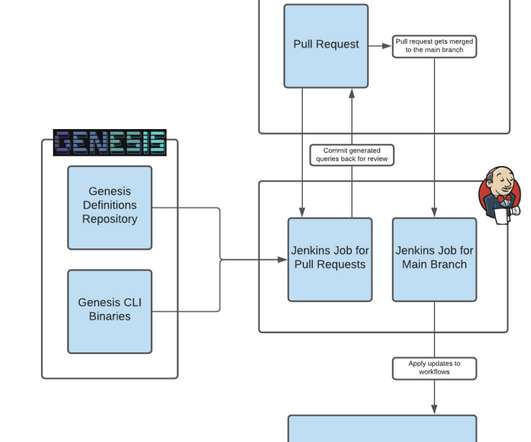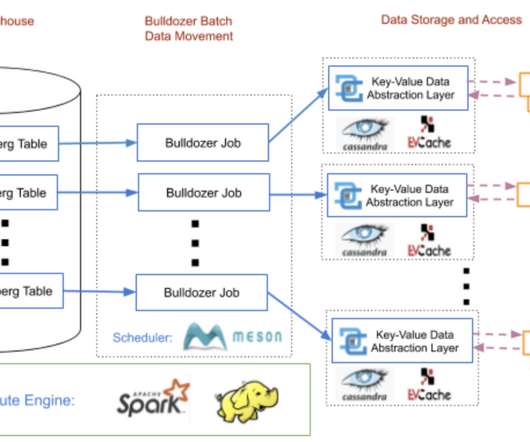Experiences with approximating queries in Microsoft’s production big-data clusters
The Morning Paper
SEPTEMBER 8, 2019
Experiences with approximating queries in Microsoft’s production big-data clusters Kandula et al., I’ve been excited about the potential for approximate query processing in analytic clusters for some time, and this paper describes its use at scale in production. ICDE’16 (PowerDrill is a Google internal system).













Let's personalize your content